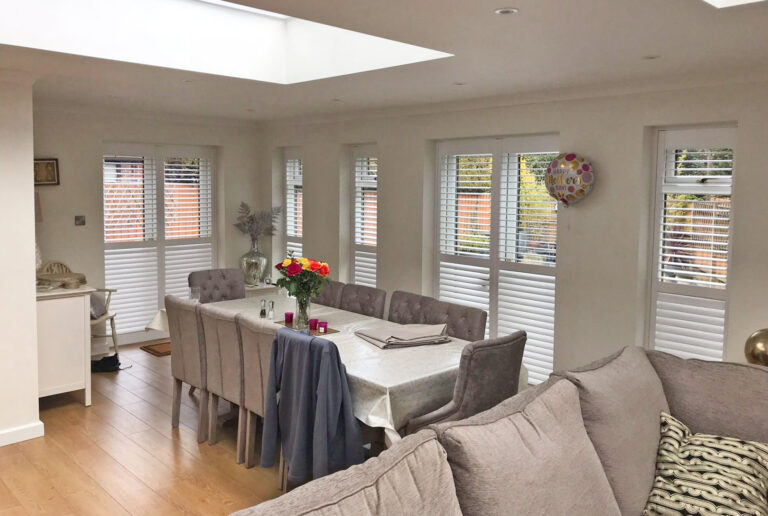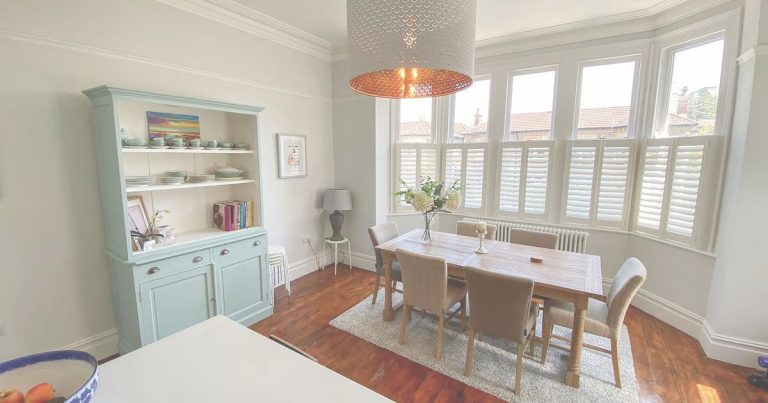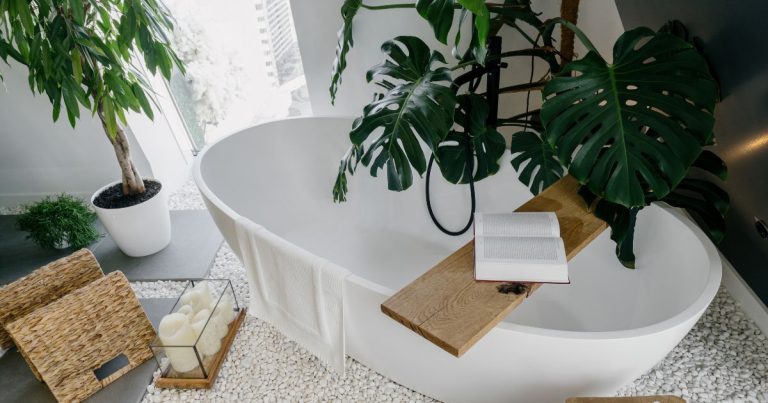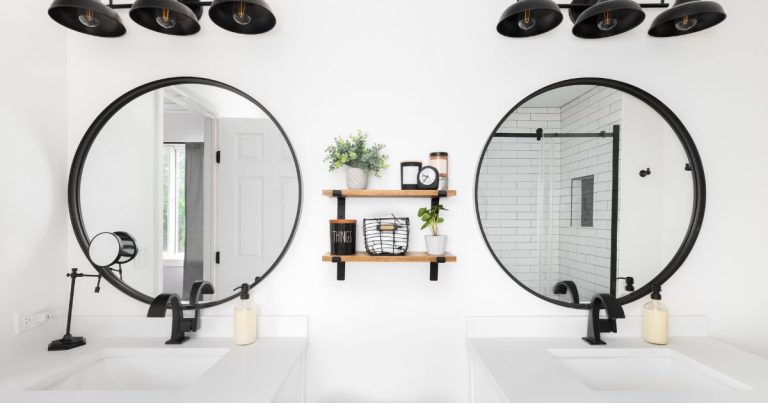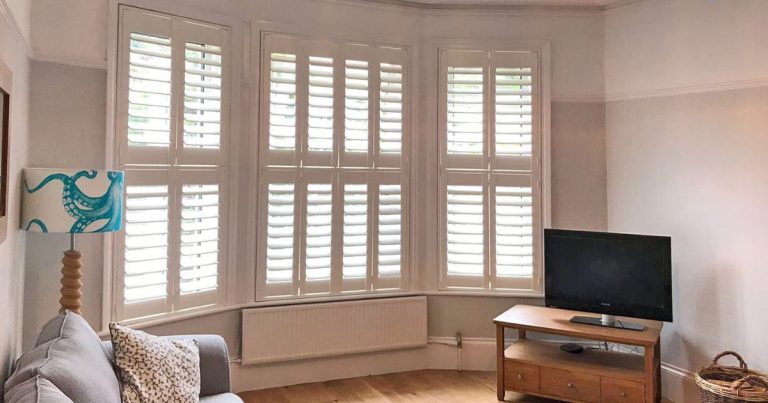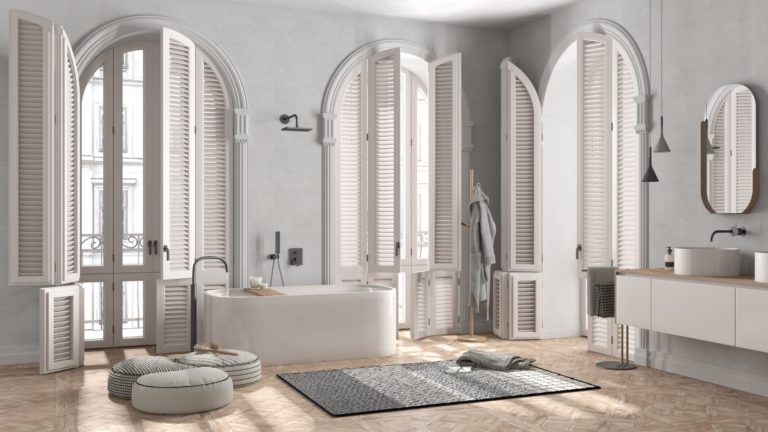As a company specialising in blinds and shutters, you probably won’t be surprised to learn we’ve got many ideas about how to dress a window without curtains!
Here, we’ve listed some of the UK’s most popular window dressing and window treatment ideas. If you’re looking for an alternative to traditional curtains – we’ve got you covered!
How to dress a window without curtains: Window treatment vs window dressing
In interior design, “window treatment” and “window dressing” are two terms often used interchangeably, but they have slightly different meanings.
It’s helpful to understand the difference between these two terms so you can further research what will work well in your home.
What is a window treatment?
What is a window dressing?
Creating faux stained glass to dress a window
UV film as a window treatment
Dressing windows with plantation shutters
Using voile or lace to dress a window
Dressing windows with blinds made of fabric
Dressing a window with Venetian blinds
Frosted glass or obscure glass design
How to dress a window without curtains: What’s suitable for your home?
What is a window treatment?
A window treatment is any covering or treatment used to enhance the aesthetics and functionality of a window. The primary purpose of window treatment is to control the light and privacy in a room while adding a decorative element.
What is a window dressing?
Window dressing generally refers to the decorative elements used to enhance the appearance of a window. These items are added to a window primarily for their decorative value and are not necessarily functional in controlling light and privacy.
Since some of the window coverings we’ve listed here are effective ways of controlling light and privacy while also looking fantastic, they can be considered both a window treatment and a dressing.
It’s helpful to ask yourself if you’re looking for a window covering purely for aesthetic purposes – or if you’d like some function too. It’ll help you narrow your options down!
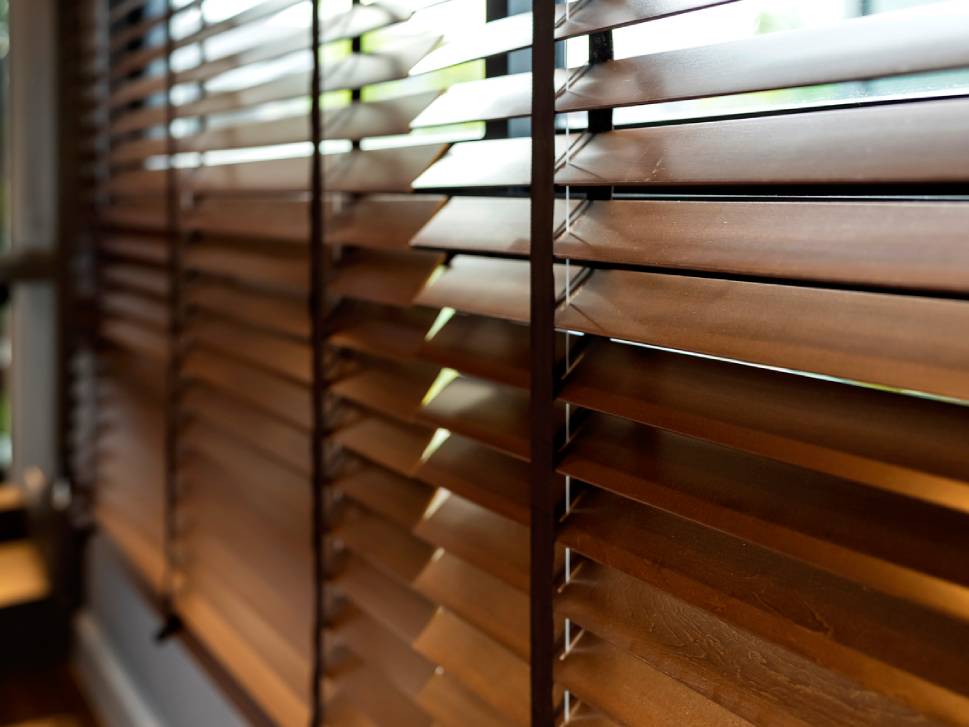

Creating faux stained glass to dress a window
Stained glass is one of the oldest window treatments on this list – dating back over 1,000 years. While creating real stained glass is complex and expensive, some great low-cost methods don’t involve replacing your windows.
You might use glass paint and lead-style adhesive strips to create an authentic look. Then again, you could buy pre-made film that you apply to your window like a sticker.
Even a faux stained glass design can significantly change the amount of natural light that enters your room, creating a different feel inside and protecting your privacy.
UV film as a window treatment
There is a range of UV films available for domestic windows. These films are ultra-thin flexible adhesive sheets professionally applied to your window, adding a layer of UV protection and sometimes a colour tint that acts as a privacy screen.
While UV film doesn’t add anything decorative to your windows, this makes it a bold style statement. If you opt for a minimalist interior design look, having a completely uncluttered window frame will add to the clean lines elsewhere in your space.
UV film works exceptionally well in a kitchen window because it doesn’t add any clutter – giving you space for the essentials that might live around your sink.
UV film also reduces the heat gain that can occur on hot summer days, helping to keep the temperature in your home more comfortable.


Dressing windows with plantation shutters
We know much about shutters, including the vast range of styles available.
Shutters are a fantastic alternative to hanging curtains because they offer improved light control and privacy options. Carefully angled louvres give you unmatched control over light while maintaining privacy.
While you’ll see many images of white shutters, this is just the tip of the iceberg regarding styles. For less commonly seen looks, you might want to explore the following:
- Café-style half-height shutters
- Tier-on-tier shutters
- Coloured shutters
- Bi-fold or bypass track shutters
Using voile or lace to dress a window
Although ‘voile’ is a type of fabric, these light window coverings are distinct from curtains because you can keep them closed all day without compromising on natural light.
They hang like you’d hang curtains – usually on a curtain pole with curtain rings. However, the semi-transparent light material filters the light slightly, creating a soft, airy feel in your room.
Voile is a generally patternless, sheer fabric – so if you want to add a little character to your windows, you might choose a light lace fabric instead. Lace can have a pattern running through the entire fabric panel – but more often has just a little detailing at the top or bottom.

Dressing windows with blinds made of fabric
When you picture blinds, you may have just one or two styles in mind – but there’s a world of styles and designs to choose from. Popular fabric blinds include:
- Roman shades (also known as Roman blinds)
- Roller blinds
- Pleated blinds
- Vertical blinds
Of course, each style can be created using a range of fabrics, giving almost unlimited possibilities. This makes blinds a fantastic choice if you’d like to dress windows with perfectly matching colours or patterns found elsewhere in your room.
When closed, fabric blinds are just as good as curtains at creating privacy. However, they’re less effective than shutters or slatted blinds regarding light control.


Dressing a window with Venetian blinds
Venetian blinds are made of horizontal slats – usually made from wood, faux wood, or tough vinyl. When they’re down, the slats can be adjusted to let light into the room and create privacy with a clean, modern look.
Like shutters, this balance of light control and privacy makes Venetian-style blinds perfect across your home – from bedroom windows to a dining room or large bay window in a living room. Carefully considering the angle of the slats means your privacy is protected while natural light can enter your space.
Unlike curtains, slatted blinds let you leave your home unoccupied without deciding between a simple ‘open or closed’ option. Angle the slats so your room can’t be viewed from outside – then you’re not stuck with curtains that are closed during the day or left open at night.
Frosted glass or obscure glass design
Although frosted glass is typically found in bathrooms, it can be an effective and eye-catching way of creating window dressings elsewhere in your home.
Window companies create frosted glass by sandblasting a texture onto sheets of glass. When glass is given a pattern, it’s called ‘obscure glass’. Although these methods are done when windows are manufactured, you can recreate this effect with specially-made films applied to existing windows.
This kind of window treatment is unique because it allows light to enter your space without sacrificing privacy.
You can be creative with your designs too. You may decide to frost just a lower section of your window. Then again, you might get even more creative and make your pattern of geometric shapes.
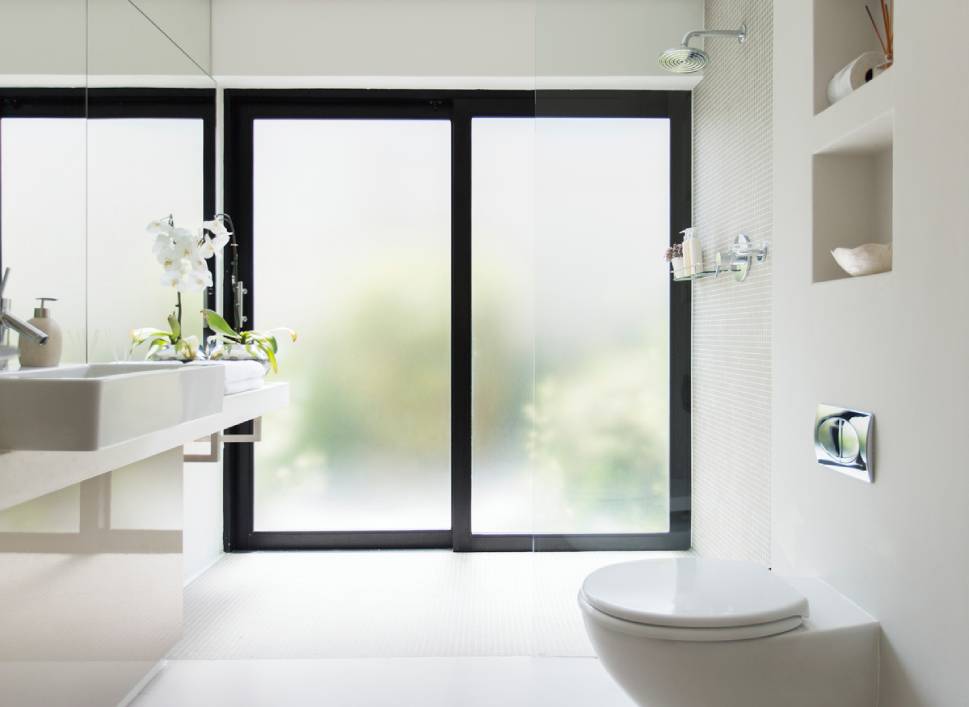
How to dress a window without curtains: What’s suitable for your home?
Hopefully, these seven ideas will give you some inspiration for alternative window coverings in your home.
Of course, plenty of weird and fabulous suggestions can be found if you explore interior design websites and magazines!
Glass bottles stacked on a window sill will diffuse the light in interesting ways – as well as glass shelves mounted in front of windows or plants hanging from curtain rails. The only limit is your imagination!
If you’d like to hear more about how to dress a window without curtains using shutters or blinds, our design team are always on hand to help.
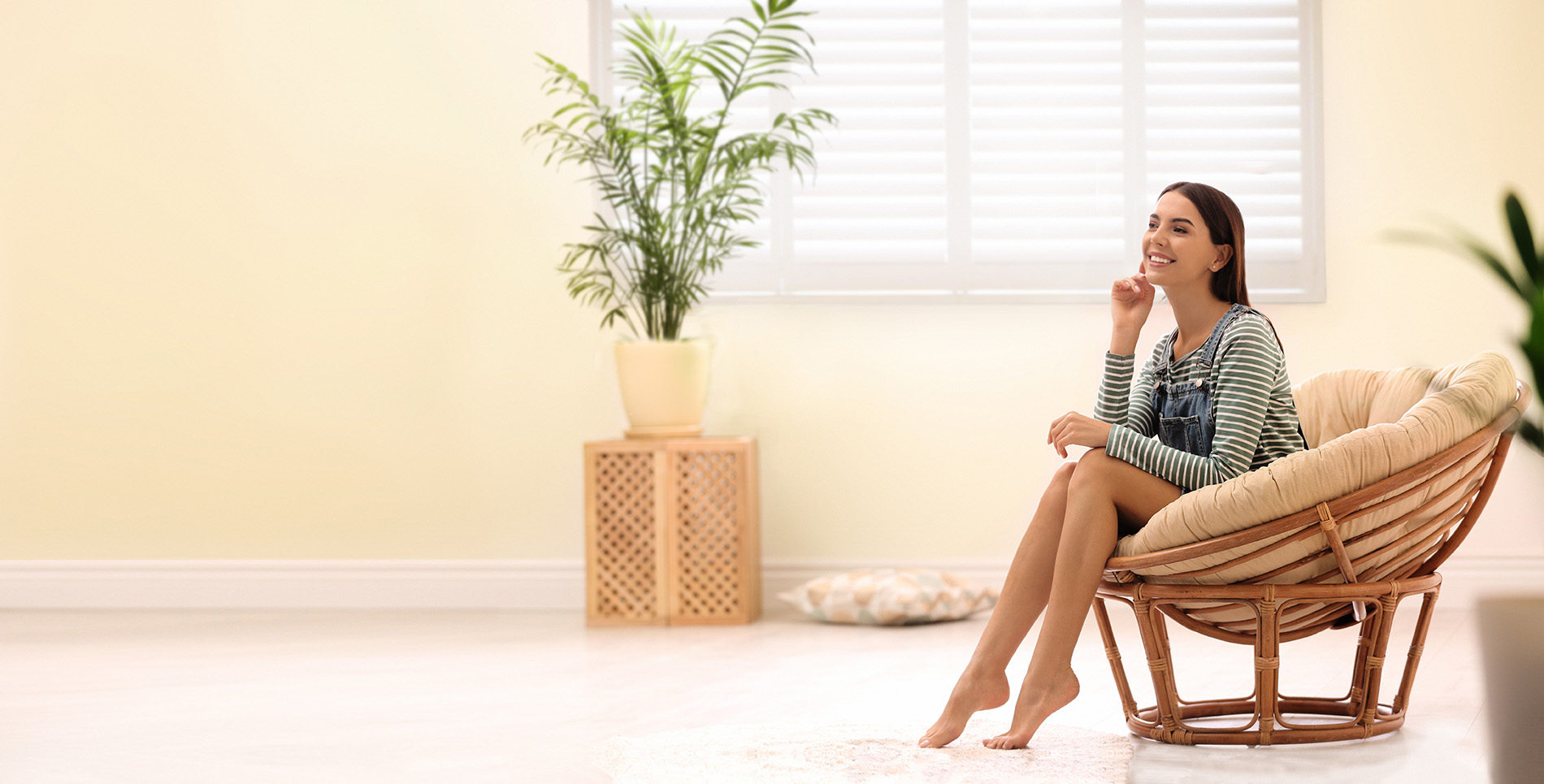
Get in touch today!
Why not contact your local Shuttercraft?


 Search
Search
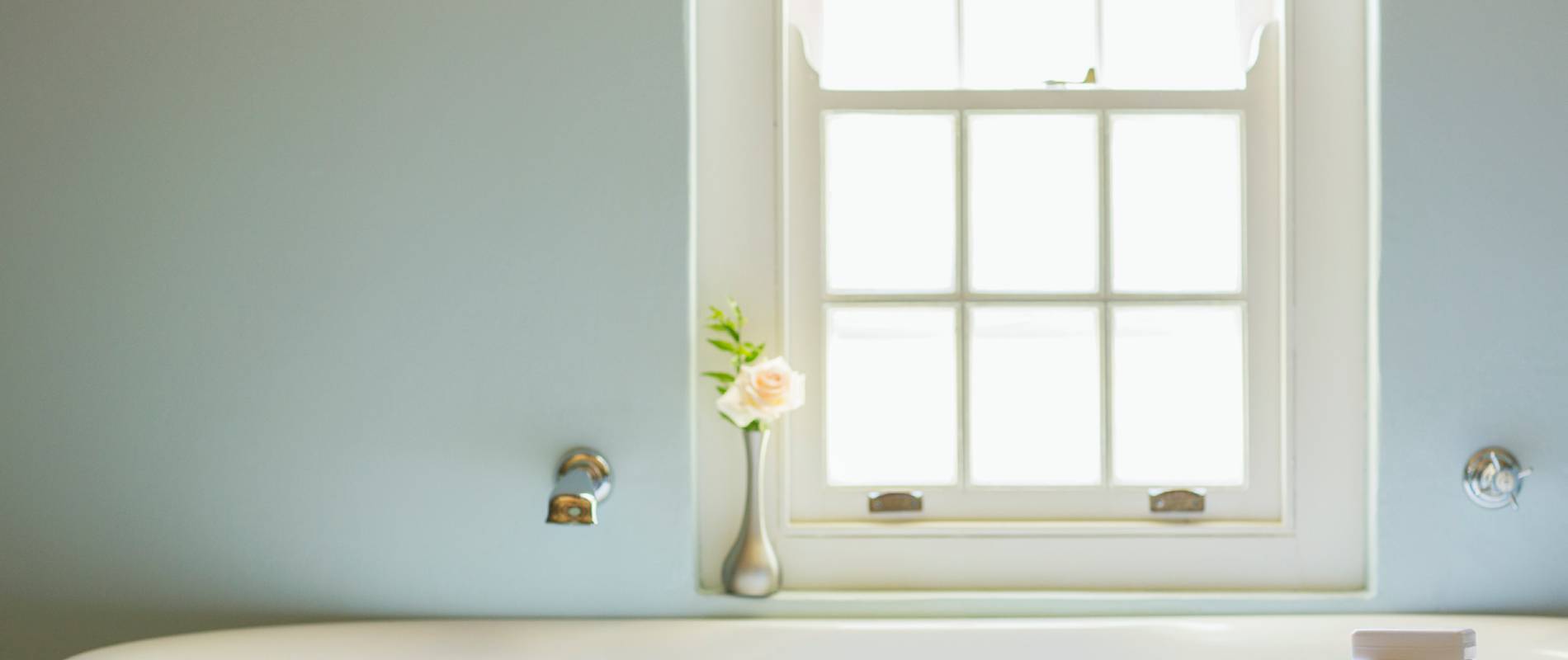

 10 Year Warranty
10 Year Warranty
 Trusted Quality
Trusted Quality
 Made to Measure
Made to Measure

